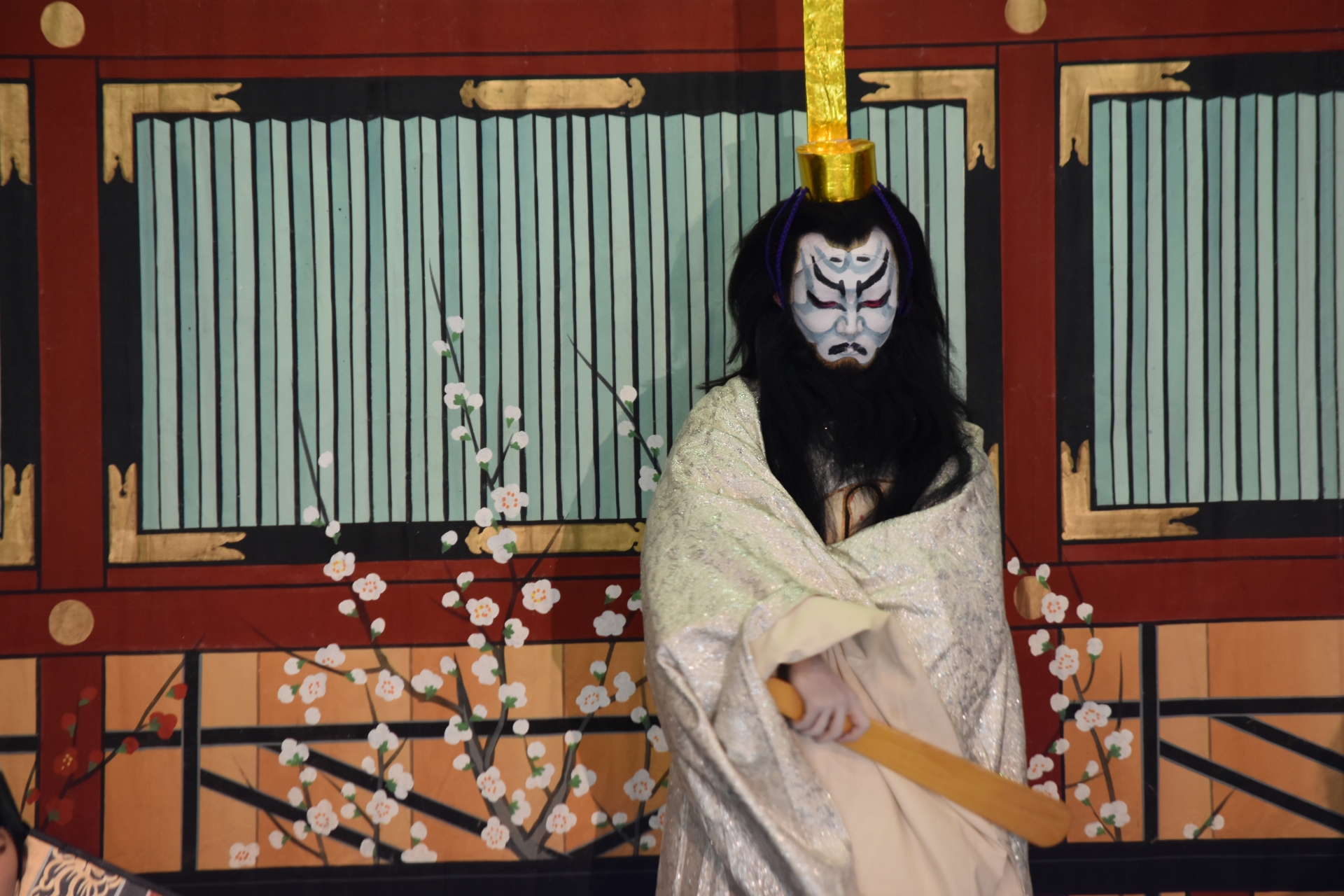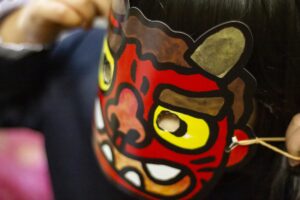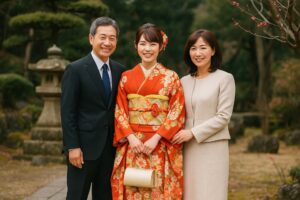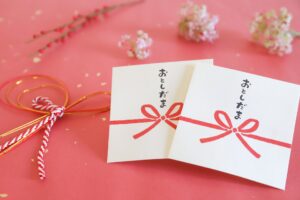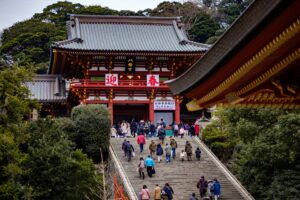Kabuki, a vibrant and iconic form of Japanese theatre, has captivated audiences for centuries with its elaborate performances and deep cultural roots. This article delves into the history, significance, and modern adaptations of Kabuki, offering readers an in-depth understanding of this unique art form.
Introduction to Kabuki
Kabuki, one of Japan’s most iconic traditional performing arts, is a dynamic form of theatre known for its stylized drama and the elaborate make-up worn by its performers. Originating in the early 17th century, Kabuki has been a cornerstone of Japanese culture, representing the vibrant artistic spirit of the Edo period. The word “Kabuki” itself is derived from the verb “kabuku,” meaning to lean or to be out of the ordinary, reflecting the unconventional and avant-garde nature of the art form when it first appeared. Kabuki performances combine music, dance, and drama to create a highly immersive and visually stunning experience. Over the centuries, it has evolved while retaining its traditional essence, making it an enduring and beloved form of entertainment in Japan.
The Historical Evolution of Kabuki
Kabuki’s history is as dynamic as the performances themselves. This section traces the development of Kabuki from its early beginnings in the 17th century to its evolution through the Edo period and into modern Japan, highlighting key changes and the cultural factors that influenced its growth.
Early Beginnings of Kabuki
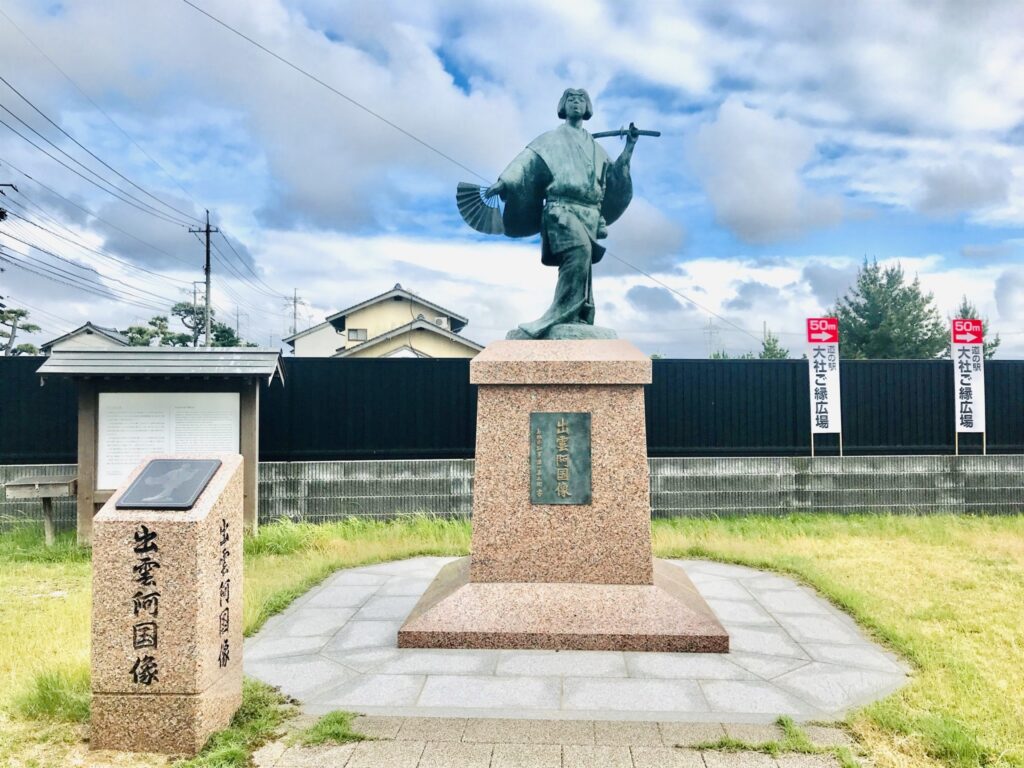
Kabuki began in the early 1600s, during Japan’s Edo period, as an innovative and somewhat rebellious form of theatre. It was initially performed by female dancers, most notably by Izumo no Okuni, who is credited with founding the genre. These early performances were bold and vibrant, often depicting scenes from everyday life and incorporating elements of dance and music. However, due to concerns over the moral influence of these performances, women were banned from performing Kabuki in 1629, leading to the rise of male actors who took on both male and female roles. This shift marked the beginning of a new era in Kabuki, where the art form started to develop its distinctive characteristics, such as the all-male casts and the introduction of more dramatic and complex storylines.
Development Through the Edo Period
The Edo period was a time of significant growth and refinement for Kabuki. It evolved from its earlier, more improvisational roots into a highly structured and sophisticated form of theatre. The performances became more elaborate, with intricate costumes, makeup, and set designs that were designed to captivate the audience. The introduction of the revolving stage (mawari-butai) and trapdoors (seri) allowed for more dynamic scene changes and dramatic entrances, which became hallmark features of Kabuki. During this time, Kabuki became a popular form of entertainment for the merchant class, reflecting the social dynamics and cultural trends of the period. The stories often depicted historical events, moral dilemmas, and the lives of common people, resonating deeply with audiences.
Kabuki in Modern Japan
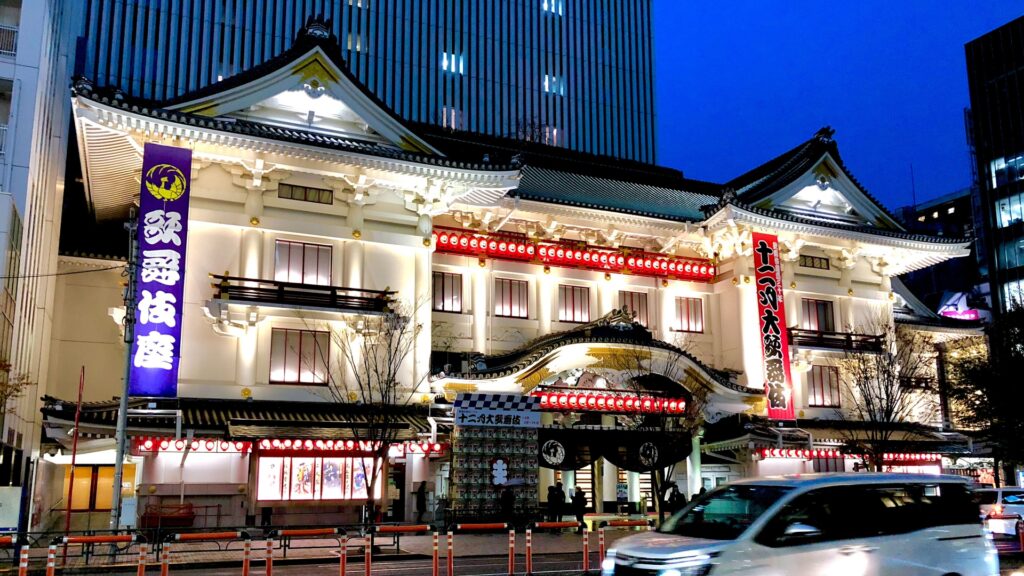
Kabuki continued to evolve during the Meiji Restoration and into the modern era, adapting to changes in Japanese society while preserving its traditional elements. In the late 19th and early 20th centuries, Kabuki faced challenges as Western influences began to permeate Japanese culture. However, it survived and even thrived by incorporating new technologies and staging techniques, while also receiving government support as an important cultural heritage. Today, Kabuki remains a vibrant part of Japan’s cultural landscape, with performances held regularly at famous venues like the Kabuki-za in Tokyo. Modern Kabuki continues to innovate, sometimes blending traditional elements with contemporary themes, ensuring its relevance for future generations.
Key Elements of Kabuki Performances
Kabuki is known for its visually striking and highly stylized performances. In this section, we explore the essential components of Kabuki, including the makeup, costumes, acting styles, music, and stage design that together create its distinctive and immersive theatrical experience.
Makeup and Costumes
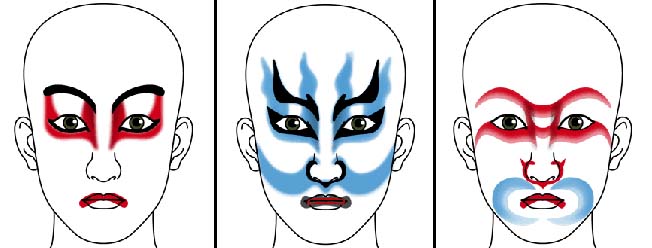
One of the most striking aspects of Kabuki is the elaborate makeup, known as Kumadori, and the equally impressive costumes worn by the actors. Kumadori makeup uses bold colors and patterns to represent different characters’ personalities and emotions. For example, red lines might symbolize passion and heroism, while blue could indicate a villainous or supernatural nature. The costumes are equally important, often highly ornate and crafted from luxurious materials like silk. These costumes help to create the larger-than-life characters that Kabuki is known for, allowing actors to fully embody their roles and convey complex emotions and narratives through their appearance.
Acting and Dance Styles
Kabuki performances are distinguished by their unique acting styles, primarily Aragoto (rough style) and Wagoto (soft style). Aragoto is characterized by exaggerated movements, loud voices, and bold makeup, typically used for heroic or supernatural characters. In contrast, Wagoto features more naturalistic acting, often depicting romantic or comedic situations. The dance, or “mai,” is also a crucial component of Kabuki, with actors using precise and stylized movements to convey the story and emotions of their characters. These elements set Kabuki apart from other forms of Japanese theatre, offering a highly stylized and dramatic portrayal of various narratives.
Music and Stage Design
Music plays a central role in Kabuki, with traditional instruments such as the shamisen (a three-stringed instrument) providing the musical backdrop to performances. The music, known as Nagauta, helps to set the tone and pace of the performance, often accompanying the actors’ movements and dialogue. The stage design in Kabuki is also unique, with features like the hanamichi, a runway that extends into the audience, allowing for dramatic entrances and exits. The use of elaborate backdrops, lighting, and special effects further enhances the theatrical experience, making Kabuki a truly immersive art form.
The Cultural Significance of Kabuki
Kabuki is more than just entertainment; it is a reflection of Japanese culture and society. This section examines Kabuki’s role in Japanese society, its importance in festivals, and how it has influenced and been adapted into modern forms of entertainment, preserving its relevance in contemporary Japan.
Kabuki’s Role in Japanese Society
Kabuki has long been a mirror of Japanese society, reflecting its values, conflicts, and aesthetics. Historically, it provided a platform for exploring social issues and moral dilemmas, often in a way that was accessible and entertaining to the general populace. Kabuki has influenced various aspects of Japanese culture, from language to fashion, with many phrases and styles originating from its performances. Even today, Kabuki continues to be a vital part of Japan’s cultural identity, celebrated not only for its artistic merits but also for its historical significance.
Kabuki and Japanese Festivals
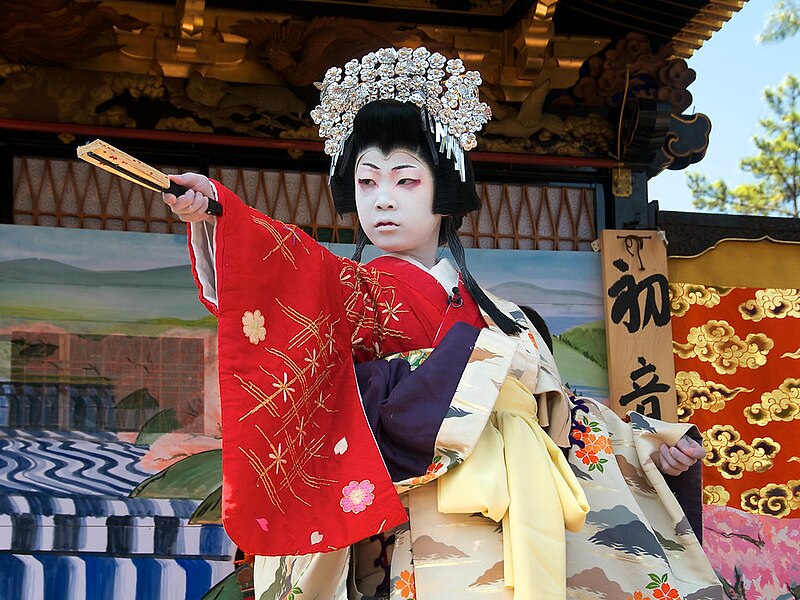
Kabuki plays an integral role in many Japanese festivals, where special performances are held as part of the celebrations. These festival performances, often more vibrant and less formal than traditional theatre settings, allow a wider audience to experience Kabuki. The themes of these performances may be linked to the specific festival being celebrated, and they often incorporate elements of humor and audience participation, making them a highlight of the festivities. The connection between Kabuki and festivals underscores its importance in the cultural life of Japan, where it serves not only as entertainment but also as a means of preserving and transmitting cultural traditions.
Modern Influence and Adaptations of Kabuki
In modern times, Kabuki has influenced various aspects of Japanese entertainment, including film, television, and contemporary theatre. Directors and actors often draw on Kabuki’s stylized drama and visual elements to create modern adaptations that appeal to contemporary audiences. Notable examples include films that incorporate Kabuki-like storytelling or characters, as well as modern plays that reinterpret traditional Kabuki narratives. These adaptations demonstrate the versatility of Kabuki and its ability to remain relevant in a rapidly changing cultural landscape.
How to Experience Kabuki in Japan
Experiencing Kabuki in its homeland is a must for cultural enthusiasts. This section provides practical guidance on where to watch Kabuki performances in Japan and offers tips for first-time viewers to help them fully appreciate the richness and depth of this traditional art form.
Where to Watch Kabuki

For those interested in experiencing Kabuki first-hand, several renowned theatres in Japan offer regular performances. The Kabuki-za Theatre in Tokyo is perhaps the most famous, known for its stunning architecture and rich history. Other notable venues include the Minami-za in Kyoto and the Shochiku-za in Osaka. These theatres provide a range of performances, from traditional plays to modern adaptations, allowing visitors to experience the full spectrum of Kabuki. When planning to attend a Kabuki performance, it’s advisable to book tickets in advance and consider renting translation devices if you are not fluent in Japanese.
Tips for First-Time Viewers
Watching Kabuki for the first time can be a unique and enriching experience, but it helps to be prepared. First-time viewers should familiarize themselves with the basic structure of Kabuki plays, which often include a combination of drama, dance, and music. It’s also helpful to learn a few key phrases and concepts, such as “mie” (dramatic poses) and “kakegoe” (audience calls), which are integral to the Kabuki experience. Understanding these elements can enhance your appreciation of the performance and help you fully engage with this captivating art form.

